High in cellulose, hemicellulose, and possibly lignin and low in readily digested carbohydrates such as starch and sugars.
What are dry forages and roughages?

What is trace mineral salt?
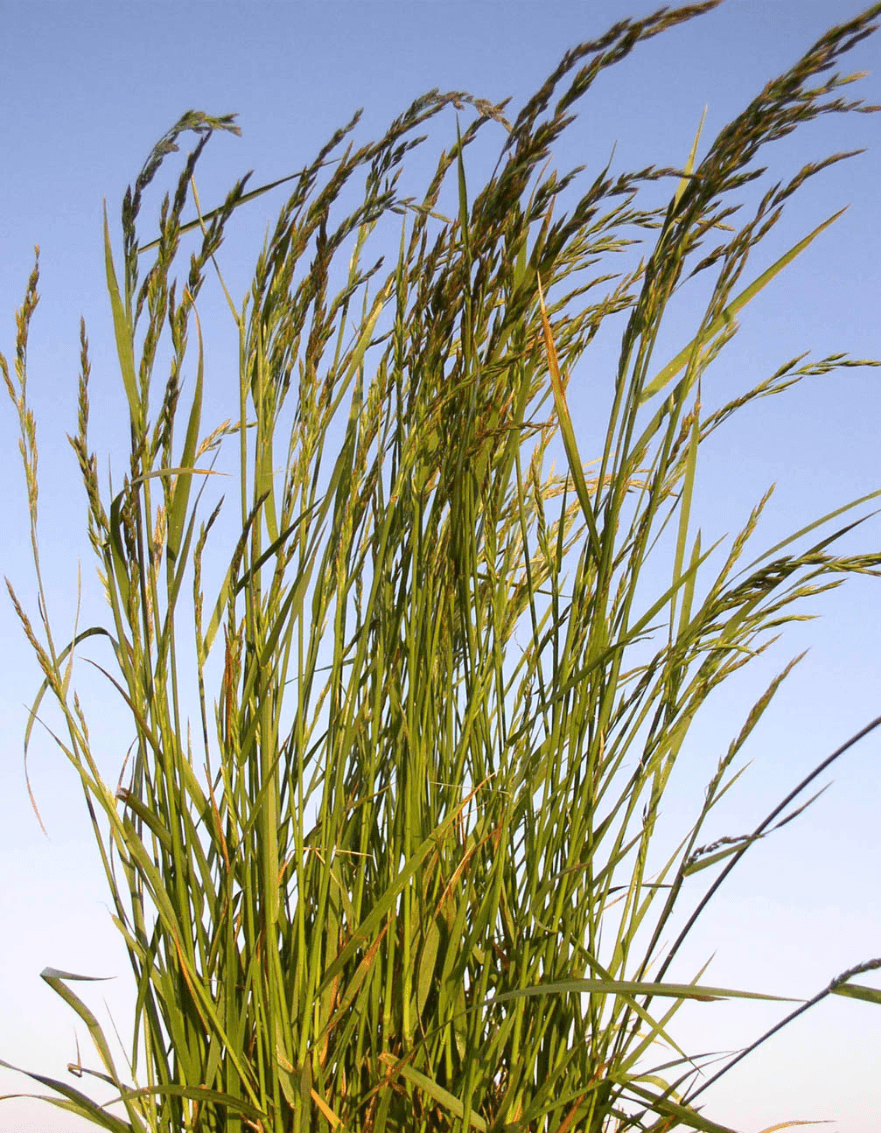
What is tall fescue?
Protein content of energy feeds.
What is less than 20%?
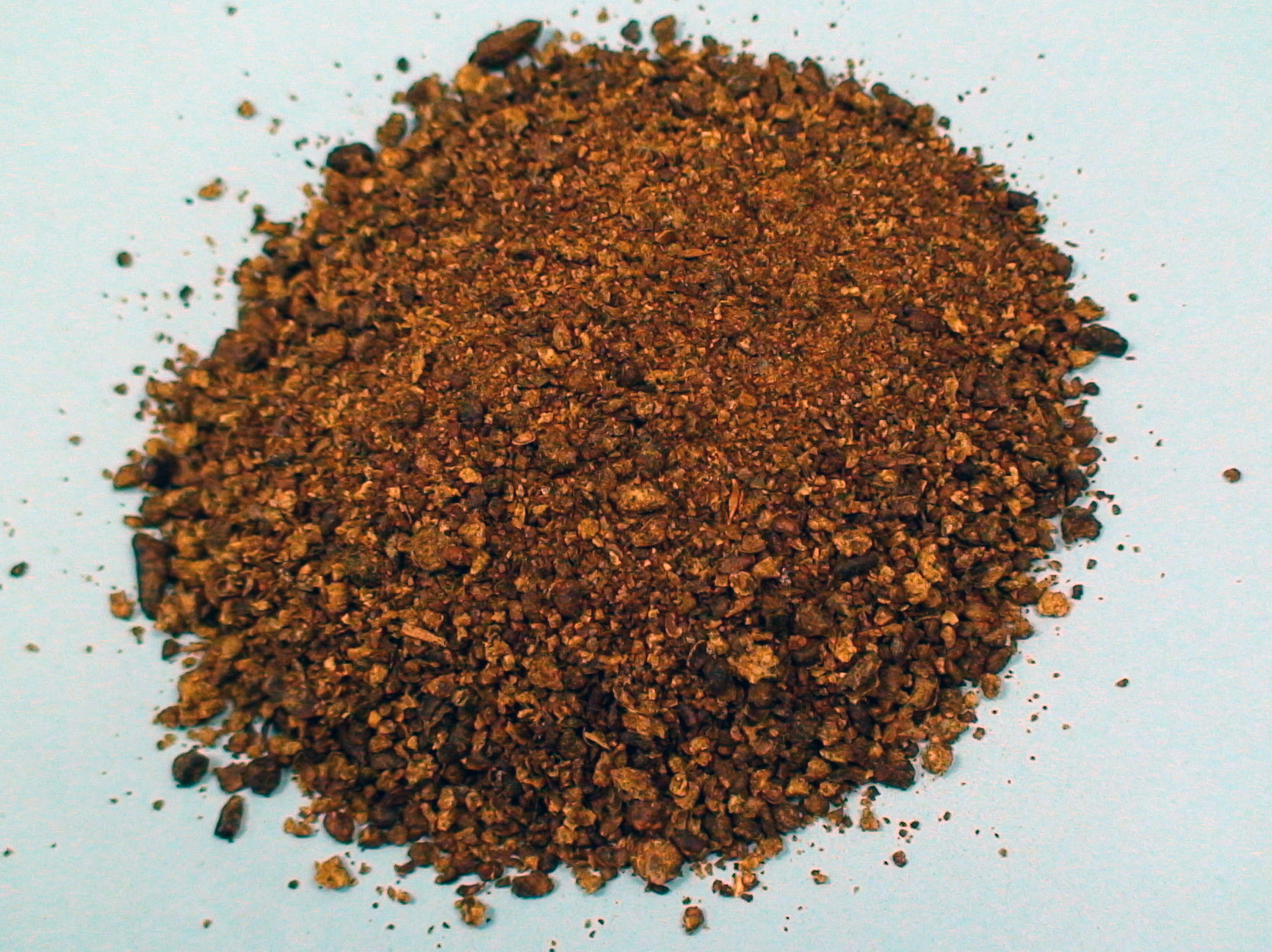
What is cottonseed meal?
The plant material undergoes a controlled fermentation that produces acids that then kill off bacteria, molds, and other destructive organisms.
What is silage?
Should only be fed to ruminants and can be toxic if fed at excessive levels.
What is urea?
Forage and roughage proved the bulk of the diets for these animals.
What are herbivores (ruminants and cecal fermenters)?

What are whole soybeans?
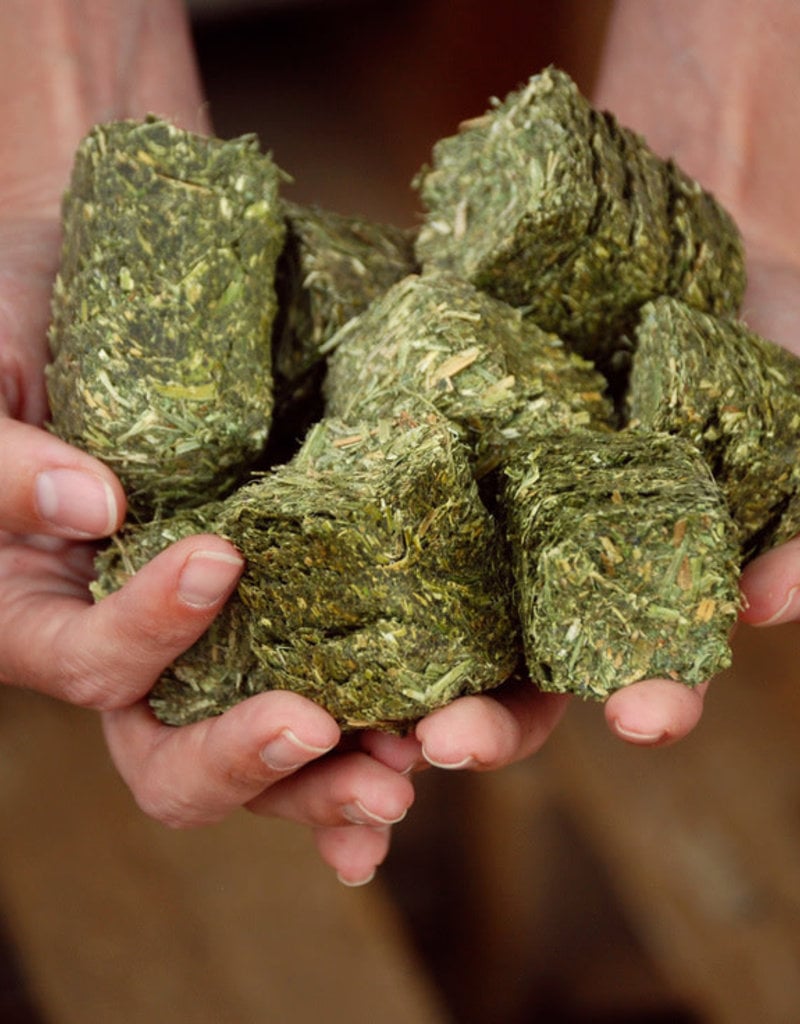
Include the cereal grains, by-product feeds made from cereal grains, and fruits and nuts.
What are energy feeds?
Can be used in swine diets as a growth promotant, used in treatment of sheep foot rot, or to treat barber pole worms in sheep.
What is copper sulfate?
Two characteristics of good quality forage.
What are being relatively immature when harvested, being green and leafy, having soft pliable stems, free from molds or mustiness, free from foreign material?
Primarily fed to ruminant show animals and sometimes horses. Increases surface area and gelatinizes some of the starch.
What is steam flaked corn?

What is brewers dried grain?
Include feed from plant origin, animal origin, or nonprotein nitrogen sources.
What are protein supplements?
This mineral deficiency is associated with white muscle disease in lambs and goat kids.
What is selenium?

What is timothy hay?
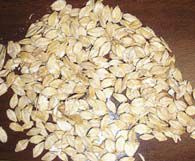
What is steam rolled barley?
Most important sources of plant origin protein supplements.
What are soybeans and cottonseed?
What are mineral and vitamin supplements?

What is dicalcium phosphate?
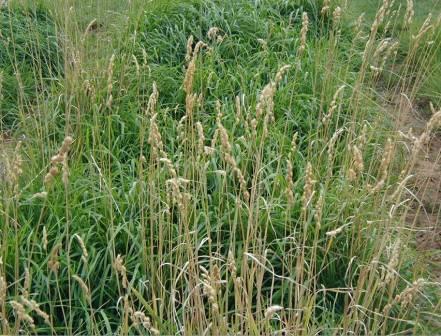
What is orchard grass?

What is shelled corn?
Protein supplements from this origin are primarily derived as end products of the meat packing, dairy processing, and marine industries.
What is animal origin?